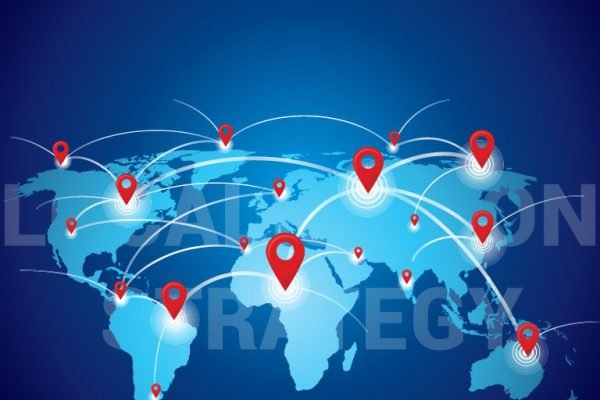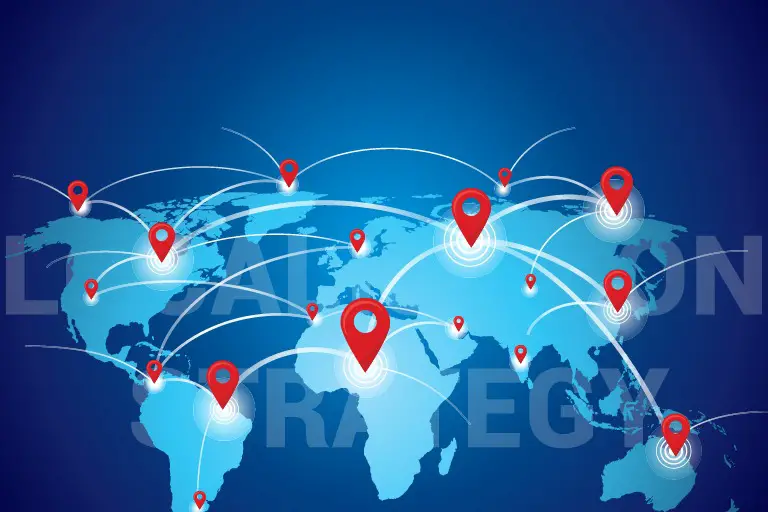When a company enters a new foreign market, it might be challenging to strike a chord with customers with different cultural experiences, various social norms, and individual purchasing behaviors. Companies need to find a way to give clients an experience that they feel familiar and comfortable with. That’s what is called localization strategy.
Despite globalization, localization strategy is a crucial marketing tool to increase brand loyalty, reach the target audience, and provide it with a high-quality experience. It concerns almost every aspect of the brand – social media and marketing content, language, design, sales plan, and website structure. There are a few successful brands whose localization efforts paid off on the market, so if you don’t know where to start with your strategy, go through a quick case study.

1. Coca-Cola
Being ranked as the top soft drink brand worldwide, Coca-Cola should be an inspiration for creating a localization strategy. Cultural norms in a country are visible through language use.
Coca-Cola placed English common names on the product labels to build brand loyalty through personal and close relations. They used popular names like John, Sarah, or Mary and used the words “share a coke with (name).” But the problem began when they wanted to use the marketing campaign in China where referring to people by names is considered disrespectful. They decided to use words as “classmate” or “friend” in the Chinese campaign to respect their cultural norms.
We can learn from this giant that language translation should not only be a literal translation of words to the target language. The translation should be done by professionals aware of peculiarities and customs respected in the target market.
So, if you want to sell your product across the world, always use professional translation services. If you, for instance, are from a country in which English is not the first language and want to enter the UK market, you should consider using translation services in Leeds or other British cities. Native speakers know how to avoid cultural faux-pas that can potentially jeopardize your brand image.
2. Starbucks
Starbucks is another giant that deserves an award for its localization strategies. You can find Starbucks cafes in 72 countries. In all of them, customers have different coffee cultures. A customer from Indonesia would demand something different from a client from the U.K.
When Starbucks entered the European market, it altered how its cafes are designed. In France, people enjoy long mornings sipping coffee with a friend, which is different from U.S. clients who grab a quick coffee on the go while being in a rush.
While expanding Starbucks to France, they decided to create spaces with more seats, free Wi-Fi, and a more luxurious design. They adjusted the European experience of drinking coffee to their products and smoothly transitioned to the other culture.
3. Airbnb
A vital aspect of the localization process is to adjust the website or app to the target culture and the audience’s preferences. Airbnb managed to create a personalized app that can be used by travelers across 220 countries.
The trick is their translation process that goes beyond the sheer translation of the app language. Airbnb provides users with user-generated content translated to over 60 languages. It means that you can see the reviews and listing information in the chosen language, which is pretty unusual for smartphone apps.
What’s more, to authenticate the experience even more, when you reach your travel destination, you can access a little local guide that highlights the worth-seeing places in your area. Whatever is your nationality – you can have the same high-quality experience from using their services.
4. Netflix
We can’t omit Netflix while enumerating brands with an excellent localization strategy. Their video content is adjusted to the viewers in different regions. It means that if you have a VPN with a location set to Japan, you have access to other TV shows and movies than a user with a location set to the United States.
Additionally, they provide users with high-quality translations, including dubbing and subtitles. But that’s not the end – Netflix produces its original movies and TV shows that are localized. They don’t base their production on the average American preferences but create content that can be relatable for viewers in other countries, for example, Spain or Italy.
To give consumers personalized content that is relevant and attractive, they talk to local marketers and consult their moves with native copywriters. Netflix gives us a lesson that the drive for local content results in global growth. Not without reason, the brand was expanded globally to such an extent.
Conclusion
We can learn a lot from the giants that made an effort to go global. If you want to enter a foreign market successfully, you can’t go without localization strategies. Each culture has its nuances, and one wrong move can lead to a catastrophe in your brand image.
Understand the target culture. Use the services of natives who are experts when it comes to their comprehension. It’s not just translation – it’s adjusting the products’ labels, spaces, apps, websites, and content to the people who want to get an experience that is as personalized and authentic as possible.




